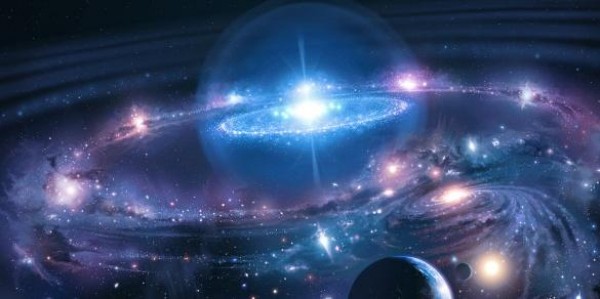Other Life in Space: We have special feelings for other planets that surround our sun. Maybe it's all science fiction stories about visiting the moon, Mars, and other planets. But we like to think of planets that make up what we call the "solar system." Who does what our planet does but does it very differently.
 |
| Other Life in Space |
The planets of our solar system have a personality and mystical appeal in our literature and art. It's easy to find artists who make their vision of the planets that make up our planetary society near our sun. The names of planets, Mercury, Venus, Earth, Mars, Jupiter, Saturn, Uranus, and Neptune are all from our cultural past becoming gods of Greek and Roman mythology. But the solar system does not only consist of these planets. The solar system is indeed a very busy place.
In 2006, there was little controversy when scholars and astronomers agreed to reduce Pluto's ranking and remove its status as a planet. So you have to wonder, what makes something a planet and what happens to Pluto? It doesn't just go away so it must remain out there. A planet, according to the scientific definition, is any object that orbits around the sun, which has formed a kind of round object that is a planet as long as it has cleaned objects that orbit around it. By cleaning, that does not mean he has destroyed all the debris etc. For example, our planet does not "cleanse" the moon but has captured it into its own orbit so we classify it as a planet. Is that a relief?
There are many objects that hover in our solar system besides the planets we know. An interesting piece is that in addition to those planets there are 165 moons orbiting around nine planets. Some of these months were so advanced that some scientists suspected that they might have supported life at some point.
Apart from regular planets and moons, there are dwarf planets, asteroids, and regular comet visits that generate a lot of traffic at the cosmic angle of our universe. The two known dwarf planets that exist on the outer edges of our solar system are Eries and Ceres. So when the status of Pluto is changed to be removed from the list of planets, it only joins the two objects as dwarf planets but is still a solid citizen of the community of celestial bodies around our sun.
Apart from these larger objects, there is an asteroid belt between Mars and Jupiter where most of the asteroids we see in the night sky originate. There are other belts of larger, far-away objects called Kuiper belts and "bubbles" in space called heliopause and there is an alleged extra belt outside the known solar system called the Oort belt which we think is a great origin. large asteroids and comets that are often our solar system and come to orbit our sun.
Just as interesting as many celestial bodies that are our neighbors in space is the origin of our solar system. We must break it down into simple terms to understand these terms but we know that the early history of the solar system and the universe is one of a collection of gases and clouds of matter which eventually cools and heats, detonates and rotates giant stars and others giant space which is becoming more stars, galaxies, and solar system. It is from this erratic activity that our sun is separated from the gas and carries with it the material that becomes our solar system. Sun's gravity captures sufficient material which begins through the process of forming, cooling, exploding and separating. This is what happens when all planets go through the same process, eventually forming stable orbits and small objects that fall into orbit around them.
When you think about how strong and uncontrolled this process is, it's amazing to step back and see the beauty of our solar system organization today. The more detail you learn about the history of our solar system, the more you will enjoy exploring the planets with a telescope. The discovery is part of astronomical pleasure.












